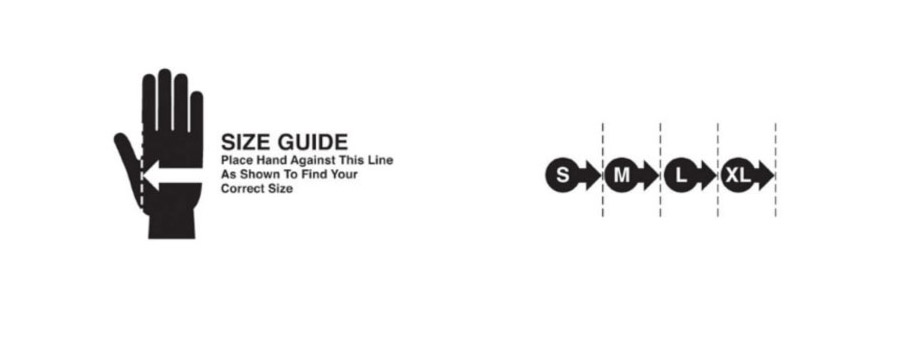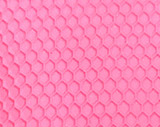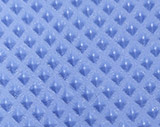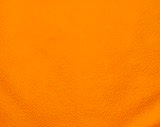Types of Gloves
Gloves, whether for household or industrial use, come in many different varieties — it differs in terms of the material used, thickness, lining, patterns and the cuff style. It is crucial to choose the correct glove for the right usage to ensure safety and increased productivity. Here are the features you should watch out for when choosing the right type of glove that fits your need:
Material Used
There are three types of materials used in the making of our gloves – natural latex, nitrile and neoprene – each with its own set of advantages as follows:
| Raw Material | Advantages |
|---|---|
| Natural Latex |
|
| Nitrile |
|
| Polychloroprene |
|
Thickness
No doubt using a thick glove can protect your hands from harsh chemicals, however, it can be uncomfortable and affect your dexterity. Therefore, it is important to balance the safety aspect and the ability to work efficiently when choosing your glove.
Length
Selected gloves has to be comfortable, yet serve its purpose to protect the user’s hands. Ideal length for a reusable glove is 12 to 14 inches, however for heavy-duty and chemical handling applications, longer gloves are more suitable for a better protection.
Ideal length for an examination glove is 9 inches, though for better protection, gloves can go up to 12 inches depending on applications.
Hand-Specific Gloves
Hand-specific gloves are gloves that are designed specifically to match the shape of the left and right hand.
Ambidextrous Gloves
Ambidextrous gloves which are usually made for thinner gloves can be worn on both right and left hand.
Gloves Sizing Guide
It is important for gloves to properly fit one’s hand as poorly-fit gloves can cause hand fatigue that can lead to a more serious workplace hazard.
Measure the width of your hand from the base of your first finger and across your knuckles.

Linings
Linings in a glove can provide comfort, safety and durability.
| Types | Properties |
|---|---|
| Flocklined Gloves | The flocked lining in a glove provides extra comfort as it absorbs moisture and keeps the user’s hands dry and warm. The thickness also makes it puncture- and abrasion-resistant. |
| Unlined Gloves | Unlined gloves are ideal to be used in industries that have strict hygiene standards such as the food industry. |
Grip
The grip on a glove is very important to avoid hazards such as dropping of objects that can cause damage to the equipment or even injuring the user. Therefore, using the right glove with a suitable pattern has to be prioritised.
| Patterns | Sample |
|---|---|
| Honeycomb |  |
| Diamond |  |
| Fish scale |  |
| Sand blast |  |
Cuffing
| Cuff Design | Sample |
|---|---|
| Beaded |  |
| Straight |  |
| Scallop |  |
| Zig Zag |  |
